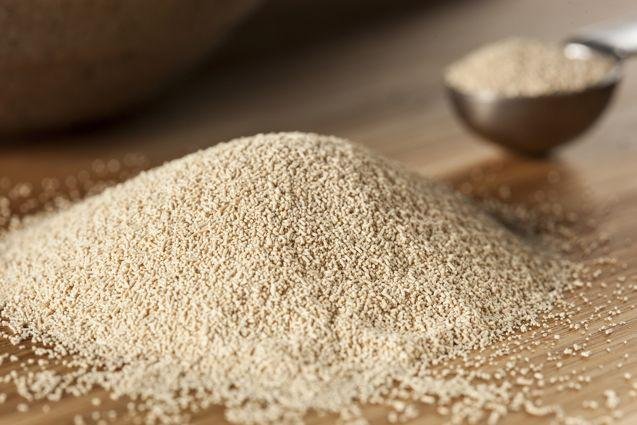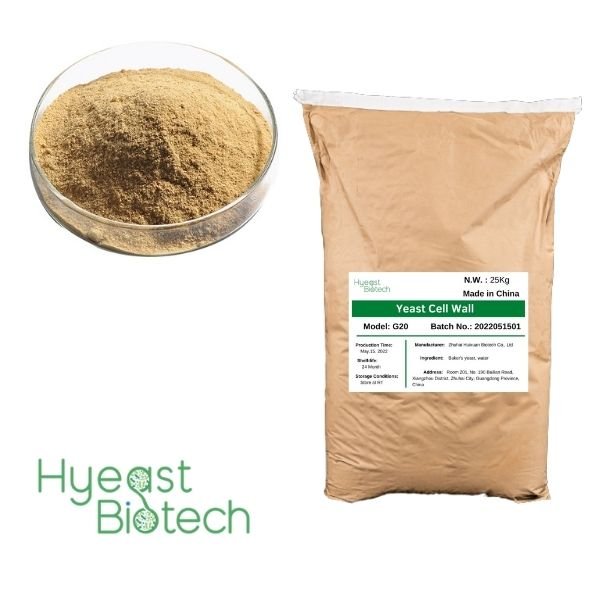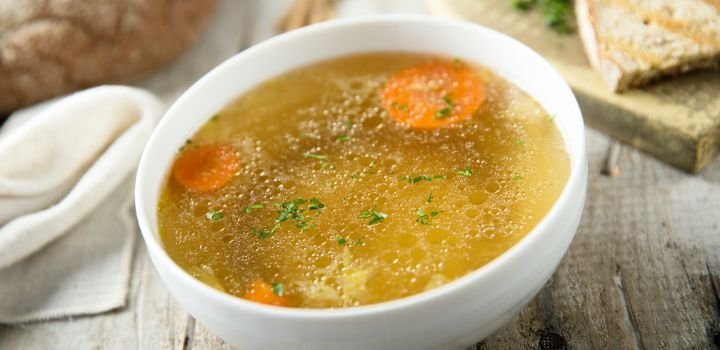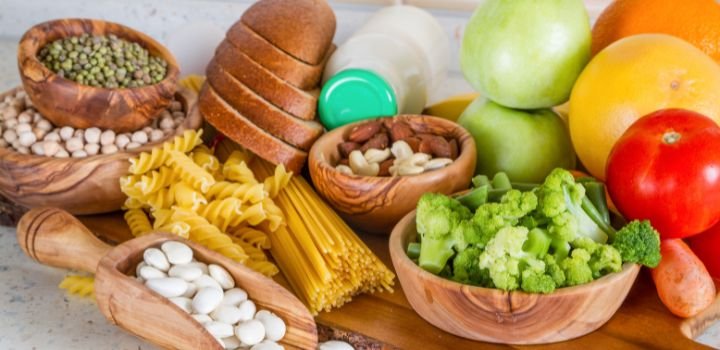Предисловие
Yeast is one of the oldest microorganisms used by mankind for industrial purposes. Hieroglyphics recovered from archeological digs in Egypt show that as early as 5,000 years ago, yeast was already being applied massively in different kinds of food processing operations. Not too long after, mankind also discovered that yeast and yeast products could also provide many benefits when used in animal nutrition.
Yeast’s history in Europe is significantly more recent than in Egypt – because while Egypt has 5,000-year-old hieroglyphics portraying it, it only became commonly used in beer production in Europe in the 18th century. 2 centuries after, yeast had already become a notable staple in livestock feeding in Germany.
Today, thanks to modern science, we now know exactly what is in yeast, and the effects that these components have on livestock. Read on to learn all there is to know about yeast, and why it’s too important to be omitted from your livestock’s diet.
Types of yeast products used in animal nutrition
Generally, there are three main types of yeast and yeast products that are used in animal nutrition. Let’s examine all three of them and their ramifications.
Live yeast

Live yeast is used for probiotic purposes in livestock. That is to say, they are added to promote the development of desirable gut flora in your animals. To this end, the yeast cells are kept alive and capable of biological action. However, it is not as easy as it sounds, considering that manufacturers have to take great care to keep the yeast cells alive throughout the process until they can be safely delivered to the animals.
Цельноклеточные инактивированные дрожжи
The next class of yeast products used in animal nutrition is whole-cell yeasts that have been inactivated (killed). Depending on the process that is followed, these yeast cells may retain structural integrity or may be completely broken up by enzymes.
This depends on the process that is followed in producing the yeast. And based on this, there are as many as three different types of whole-cell inactivated yeasts used in animal nutrition.
● Autolyzed yeast
Автолизированные дрожжи is produced by breaking down the yeast cells with their own enzymes. As you can well imagine, this process is limited in sophistication, since little external influence is contributed.
Because the yeast cells are not comprehensively broken down, the nutrients are not totally released and made accessible for the animals to digest. So, autolyzed yeast is mainly used to improve the palatability of animal feed, rather than for nutritional value.
● Hydrolyzed yeast

Гидролизованные дрожжи is a more advanced type of yeast product that is produced by breaking down yeast cells with external enzymes, in addition to their own enzymes. The process is significantly more sophisticated, and it involves the addition of carefully calibrated amounts of enzymes to yeast cells to produce digestible peptides, from the proteins of the yeast cell.
However, as it is with autolyzed yeast, the components are not separated, so the yeast cells are left together, but rather efficiently fragmented into different pieces. Since the cells have been properly broken down, hydrolyzed yeast serves a nutritional value in animal feed. They provide animals with proteins, amino acids, and nucleic acids.
These nutrients are particularly important for feeding young animals that have yet to develop efficient digestive systems. And as is characteristic of yeast, hydrolyzed yeast also helps boost gut health and immunity in farm animals.
● Inactivated enriched yeast
Animals, like humans, need to be fed certain trace elements in their diet, in the form of supplements. This class of yeast products is produced by providing the yeast cells with starter materials that they need to produce the required elements before they are then inactivated with enzymes.
This class of yeast can be made to contain vitamin D, selenium, chromium, iodine, and other trace elements that may be required. To produce vitamin D, the yeast cells simply convert natural sterols to vitamin D compounds. And to produce yeast enriched with selenium or other trace elements, these elements are incorporated into the yeast mix during fermentation.
Стенка дрожжевой клетки

As the name implies, the yeast cell wall is the “skin” of yeast cells that holds all their organelles and cytoplasm together within itself. It is considered to usually be between 30 and 40% of the yeast cells’ dry weight. It is what is left behind when cytoplasmic content is separated from hydrolyzed inactivated yeast.
The клеточная стенка дрожжей is primarily composed of mannan-oligosaccharides and beta-glucans which served a structural purpose for the organism, and as such do not fulfill any spectacular nutritional need for farm animals. Rather, it is important for functional purposes. The yeast cell wall is added to animal feed to boost the animals’ gut health, feed conversion rates, and immune strength.
Дрожжевые экстракты
Дрожжевые экстракты are compounds, suspended in the cytoplasm, that are recovered when hydrolyzed yeast is subjected to extraction processes. The composition of yeast extracts can vary, depending on the extraction process that is followed.
However, in general, yeast extracts are an important source of proteins, peptides, B-vitamins, amino acids, nucleosides, nucleotides, and a great many other vital nutrients. This nutritional value makes yeast extract particularly important for young animals being weaned, as it supplements the supply of building blocks that their bodies have only just become accustomed to producing.

Also, yeast extract can be quite useful as a flavor enhancer in animal feed. Thanks to the generous presence of glutamate components. However, you must know that since its composition is determined by the conditions of its extraction and the enzymes used, it is important to specify what components you are looking for when shopping for yeast extract.
Заключение
Yeast and yeast products, when added to the diet of farm animals, provide a wide range of functional and nutritional benefits to the animals. However, as you have seen in this article, all the different types of yeast products perform different functions.
While some are great for improving gut and immune health, others contain supplemental vitamins and trace elements. When shopping for yeast products, it is important that you have clarity on what you need them for and that you understand the differences between the different products, so that you can select the ones most appropriate for the situation.
Through science-based research, we at привет дрожжи have developed hi-tech methods for extracting and producing the best quality yeast extracts to stimulate maximum performance in your animals. And as research is never-ending, we continue to remain at the forefront of cutting-edge research in developing derivatives and supplements for use in the animal nutrition industry.







